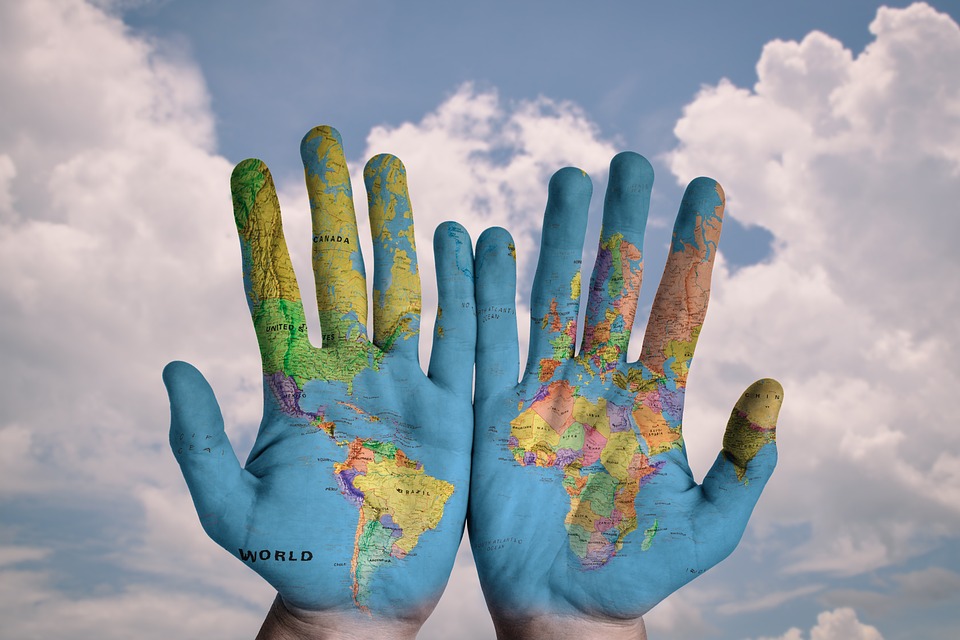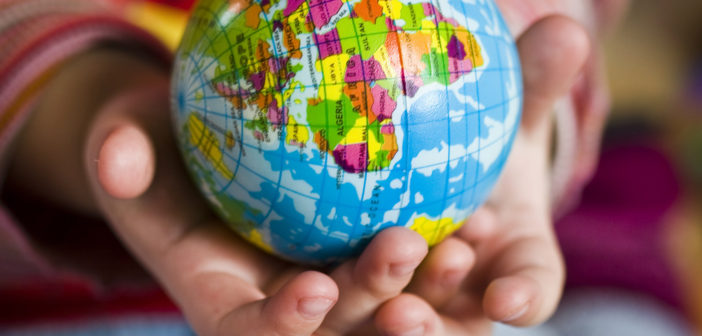Life on earth is dwindling. Scientists predict the loss of 30% to 50% of all Earth’s species by 2050 (Biological Diversity). It may seem as though there is nothing to be done, or as some argue, there is a natural loss which we must accept. But as science has informed us; this is no normal loss of life, and there is always hope.
On April 14, 2017, a Global Deal for Nature was proposed by a group of scientists and researchers, in order to protect the biodiversity of life on Earth. The Global Deal for Nature aims to work in tandem with the Paris Climate Deal to, “promote increased habitat protection and restoration, national – and ecoregion – scale conservation strategies, and the empowerment of indigenous peoples to protect their sovereign lands” (BioScience). Their goal is an impressive one: “protect half> the terrestrial realm by 2050 in order to halt the extinction crisis while sustaining human livelihoods.”
 Members of the scientific community have long warned of the effects of the current sixth major extinction on Earth; one caused by human activity. A mass extinction is classified as the extinction of a great number of species in a small window of time. Currently, species are becoming extinct rapidly, at a rate that has not been observed since the extinction of the dinosaurs roughly 65 million years ago. The loss is not only in numbers, but in viability as individuals die off and variation in and between species is destroyed.
Members of the scientific community have long warned of the effects of the current sixth major extinction on Earth; one caused by human activity. A mass extinction is classified as the extinction of a great number of species in a small window of time. Currently, species are becoming extinct rapidly, at a rate that has not been observed since the extinction of the dinosaurs roughly 65 million years ago. The loss is not only in numbers, but in viability as individuals die off and variation in and between species is destroyed.
A Global Deal for Nature, if implemented, would pause this crisis by protecting roughly 50% of the Earth’s land mass. According to researchers, 50% is enough to sustain healthy habitats and ecosystems in a way that would allow the species on Earth to thrive. However, one third of the world’s ecoregions lack any conservation plan, and very few plans are comprehensive or spatially explicit – which is to say they lack geographic focus, for example.
Conservation planning that properly involves geography and people of the place is essential to ensuring that we protect the most biodiverse habitats of ecoregions and achieve goals of representing ecosystems and species. – Dr. Lilian Pintea, Vice President of Conservation Science at the Jane Goodall Institute and a coauthor of this study.
New developments within the field of conservation science are encouraging. Coupled with the increase in available geospatial technology and collaboration, we are better equipped than ever to put forward habitat protection that is the most effective and beneficial to both biodiversity and local people. If we were to calculate how much habitable land humans actually need and think about this proposal, it is not only doable, but also helpful in our own sustainable planning and growth. The results of the study allow scientists and researchers to suggest ways that, if implemented, could reasonably pause the extinction crisis which threatens the entire web of life on our precious planet.
For the survival of chimpanzees and other wildlife around the world, we need to dramatically scale up conservation efforts. This paper shows how it could be possible. – Dr. Jane Goodall, DBE, founder of the Jane Goodall Institute & UN Messenger of Peace.
The success of the Global Deal for Nature’s efforts depends on the participation and support of not only the scientific community, but the public and governments as a whole. Achieving half protected terrestrial is an aspirational goal that authors fully recognize will only be achieved by bottom-up efforts as local communities, indigenous peoples, advocates and leaders make choices to leave room for nature, for the benefit of all.
Learn more about how the Jane Goodall Institute is using Conservation Science to make an impact in protecting essential habitat here.




